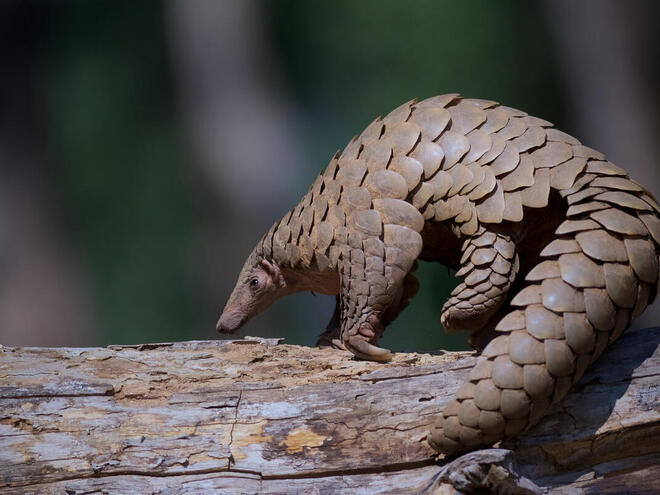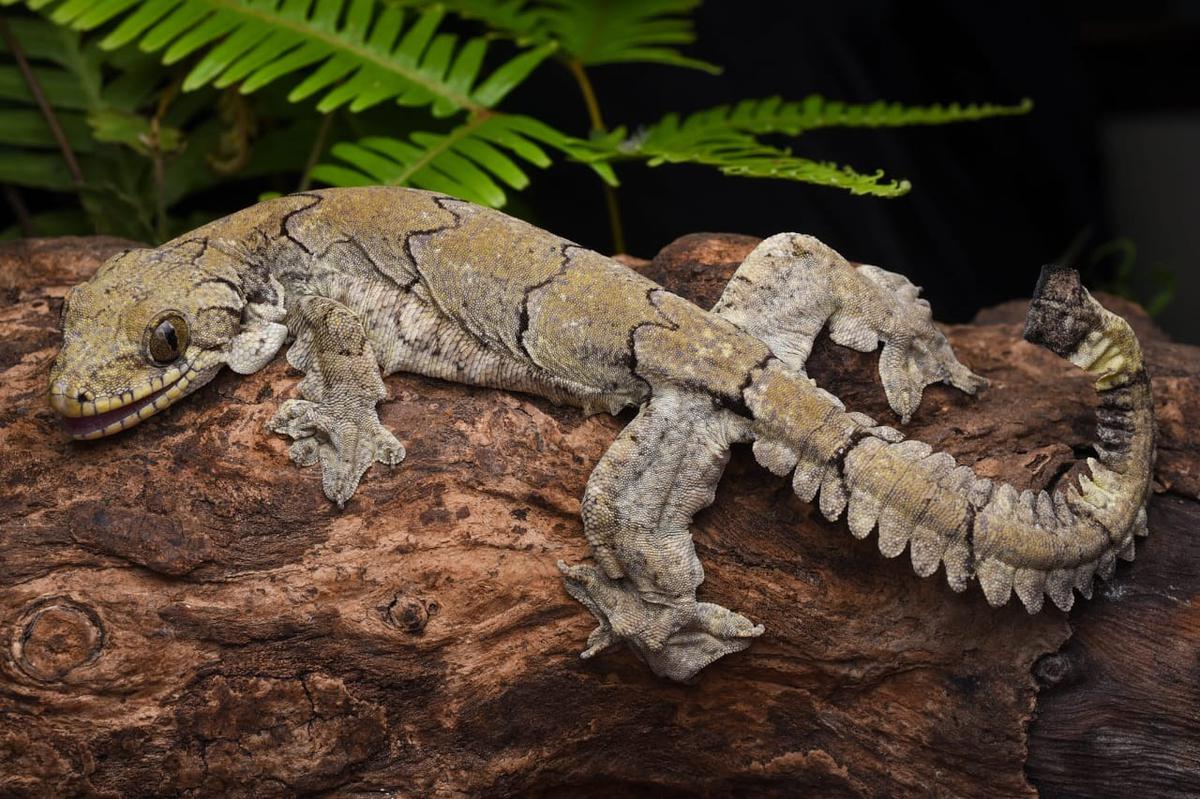Species in News
Hoolock Gibbon
Scientific name –
Two distinct hoolock gibbon species are found in India – the eastern hoolock gibbon (Hoolock leuconedys) and the western hoolock gibbon (Hoolock hoolock).
Class- Mammal
Geographical distribution- Northeast India, Bangladesh, Myanmar and southern China
IUCN status –
Eastern hoolock Gibbon: Vulnerable
Western hoolock Gibbon: Endangered
Features-
-Diurnal
-India’s only ape species is Hoolock Gibbon.
-Gibbons are known as the smallest and fastest of all apes.
National parks to spot Hoolock Gibbon –
- Kaziranga National Park
- Manas National Park
- Dibru Saikhowa National Park
- Borail Wildlife Sanctuary
- Bornadi Wildlife Sanctuary.
Pangolin species

News-
A new Asian pangolin species is discovered in China. Pangolin species increased from 8 to 9 with discovery of new pangolin species.
Class- Mammal
Geographical Distribution – Mainly found in Asia and Africa
Features-
-Pangolins are nocturnal
-Live in hollow trees or burrows, depending on the species.
-These animals are also called scaly anteaters because of their preferred diet (ants and termites), which they capture using their long tongues.
-Pangolins are among the most trafficked wild mammals globally
India is home to two species:- Indian Pangolin (EN) and Chinese Pangolin (CR).
Both species are included under India’s Schedule I of the Wildlife Protection Act.
Asiatic wild dog / Dhole
Scientific Name – Cuon alpinus
Class- Mammal
Geographical distribution –
They are restricted to south and southeast Asia, with the northernmost populations in China. In India, they are found in three clusters across India namely the Western and Eastern Ghats, central Indian landscape and North East India.
Features-
-Diurnal
-Reducing in number due to habitat loss
IUCN Status – Endangered
Mainly found in Manas National Park in North East region.
Flying fox bats
Scientific name – Pteropus Giganteus
Class- Mammal
Features –
-Males are larger than females.
-They engage in environmental vigilance during daylight roosting.
-Nocturnal
-Spread diseases like Nipah Virus
Habitat- Swamps and forests of South of Central Asia, from Pakistan to China.
Buff breasted sandpiper
Scientific Name – Tryngites subruficollis
Class– Bird
Geographical distribution – It breeds in the open arctic tundra of North America and usually in winters in South America.
Features
-Yellow legged
-Brown spotted Plumage
IUCN Status – Near Threatened
Nilgiri spiny lizard
Scientific name – Salea horsfieldii
Class – Reptilia
Geographical distribution – Endemic to western ghats
Features –
-Oviparous
-Diurnal
-Terrestrial
-The scales on the head are large and rough
Red Sand Boa
Scientific name – Eryx Johnii
Class– Reptilia
Geographical distribution – Whole of India except North East states, north Bengal and Islands.
Features –
-Largest of sand boas in the world
-Nocturnal
-Double headed appearance
-Non venomous species
-Illegal trade of Red Sand Boa has increased
IUCN Status – Near Threatened
Paintbrush Swift Butterfly

Scientific Name – Baoris Farri
Habitat- Its habitat is distributed in northeast, central and south India, and rare in Uttarakhand.
Threats- Habitat loss and scarcity of larval host plants are major causes of the decline in the butterfly population. An increase in pesticide use, deforestation, and climate change.
Conservation status-
This species is legally protected in India under Schedule IV of the Wildlife (Protection) Act, 1972.
Namdapha flying squirrel

Scientific name – Biswamoyopterus biswasi
Class- Mammal
News– Namdapha flying squirrel resurfaces in Arunachal Pradesh after it was last discovered in 1981.
Features
-N getocturnal
-Arboreal
-Endemic to Northeast India
Status– Critically Endangered
Eurasian otter
Scientific name – Lutra Lutra
Class- Mammal
Distribution – Europe, Asia and africa
Features
-They are nocturnal and shy.
-Semi aquatic carnivore
-It has a long lithe body with a thick tail and short legs.
-It has sensitive whiskers around the snout to help detect prey (fishes mostly).
-It has two layers of fur: a thick waterproof outer one and the inner one being warm
-It has an acute sense of sight, smell, and hearing.
Conservation Status:
IUCN: Near threatened
Wildlife Protection Act, 1972: Schedule II
CITES: Appendix I
Green Turtle

Scientific name – Chelonia mydas
Class – Reptiles
Current news – Warming climate expands the nesting range of Green turtles.
Nesting Locations – Mainly limited to Turkey and Cyprus in the eastern Mediterranean recorded between 1982 and 2019.
Features
-They are black brown or greenish in colour
-Green turtles are named after the greenish colour of their cartilage and the fat deposits around their internal organs
– Typically diurnal but can exhibit nocturnal activities as well
Conservation Status
IUCN- Endangered
CITES- Appendix 1
Mithun

Scientific name – Bos frontalis
Class– Mammal
News- Food Safety and Standards Authority of India has recognised the Mithun as a food animal. Food Animals are those that are raised and used for food production or consumption by humans.
Habitat: Arunachal Pradesh, Nagaland, Manipur, and Mizoram. Also found in parts of Bangladesh, Myanmar, and Bhutan.
Features –
– Ruminant species of the Bovidae family.
– It is State animal: of both Arunachal Pradesh and Nagaland.
-Similar to that of Gaur (Indian bison) but are smaller in size.
-Categorization can help check its declining population.
Conservation Status (IUCN)– Vulnerable
Pancorious jumping spider

Scientific name– Pancorious Sebastiani
Phylum- Arthropoda
News– It was for first time spotted at Shendurney Wildlife Sanctuary
Distribution – South Asia
Features
-The males and females of Pancorius Sebastiani
– They exhibit a reddish brown carapace, yellowish abdomen with black patches, and chevron-shaped markings posteromedially.
Mizoram parachute gecko

Class- Reptile
News- Scientists recently discovered a new species of gliding geckos in Mizoram, named Mizoram parachute gecko.
Features
-Unlike other gliding reptiles, which use the bone to form their flying surfaces, these geckos have flaps of skin.
-When the lizards leap off a tall structure, air resistance pushes the flaps out to their full extent, much like a parachute, slowing the speed at which they fall.
-The skin flaps also help to break up their shape, acting as a camouflage against predators.
Indian white-backed vulture

Scientific name: Gyps bengalensis
Distribution: Pakistan, India, Bangladesh, Nepal, Bhutan, Myanmar (Burma), Thailand, Laos, Cambodia, and southern Vietnam.
Features:
-Adults are 75 to 85 cm tall.
-White neck ruff, rump and under wing coverts.
-Adults tend towards black coloration, while younger individuals are browner
-Their wingspan is 180 to 210 cm
-Weight: Ranges from 5 to 7.5 kg
IUCN Status: Critically Endangered
Key Fauna discovered
1. Miniopterus phillipsi, a long-fingered bat, and Glischropus meghalayanus, a bamboo-dwelling bat from Meghalaya.
2. The Sela macaque (Macaca selai) was discovered in Arunachal Pradesh (AP) and named after Sela Pass. Macaca leucogenys, a white-cheeked macaque (found in Modog, Tibet) sighted in India for the first time in Andhra Pradesh.
3. Ficedula zanthopygia is a yellow-rumped flycatcher (known from Mongolia, China, Korea and Japan) found in India on Narcondam Island of Andaman.
4. A New Damselfly species found in the Western Ghats (Kerala) named Armageddon Reedtail. The name, Armageddon Reedtail, is a direct reference to the concept of “Ecological Armageddon”, a term used to describe the devastating decline of insect
Other Species
- Caribbean box Jellyfish – Cniderian – It is capable of learning cues despite the absence of a central brain.
- In songbirds, complex vocal learning predicts its brain size.
- Blow flies have significant importance in accurate assessment of Post Mortem Interval (PMI)
Read a Complete guide on How to choose UPSC Optional Subjects? Click here.




Pingback: Battle of Plassey 1757- Important Notes for Exams | Eduexa
Pingback: GI tag | GI tag UPSC | GI tag full form | What is GI tag
Pingback: Schemes in News 2024 | Schemes for UPSC| Government Schemes
Pingback: Black Sea Grain Initiative UPSC: A Complete Guide in 2024